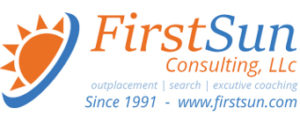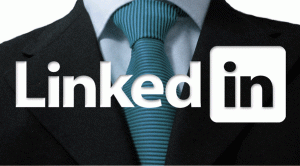Your #Career : #OlderWorkers – How to Manage a #PhoneInterview & Not to Sound “Old” …..You Need to Know Two Things. One, How to Present Yourself Well in General in a Phone Interview. And, Two, How Not to Sound “Old.”
Your cover letter and resume did the trick. You have an interview. But it’s by phone. That’s your first experience with being checked out on the phone instead of in-person.
You need to know two things. One, how to present yourself well in general in a phone interview. And, two, how not to sound “old.”
In a phone interview the burden is on you to create through your voice, words, and pacing the kind of professional that organization wants to hire.
That means you have to do research on its culture.
If it’s a fast-paced hard-charging startup, for instance, that’s what you have to mirror. An interview is really a sales call. What successful salespeople do is mirror, that is, they simulate everything about the prospect.
The most common mistakes in a phone interview are:
- Talking too fast. Therefore, practice with a recording device maintaining a normal conversational pace.
- Finishing the interviewers’ sentences and interrupting. That comes from being nervous. To control anxiety position and package this particular interview as “practice.” In time, you will get better. That’s why you should grab all the interviews you can. You need as much practice as possible.
- Volunteering damaging information. That too comes from being nervous. In the courtroom and in a job interview, don’t go beyond the scope of the question. If the interviewer asks what you are doing now, say doing consulting assignments for ManPower, for instance. Don’t say you have been laid off for 18 months.
- Not listening. Instead of focusing on what the interviewer is saying you are in your own head. To stay tracked with the conversation take pen-and-paper notes.
- Not asking questions. Asking questions demonstrates you have given careful thought to what the job is about. Not asking questions signals indifference.
Like this Article ? Share It ! You now can easily enjoy/follow/share Today our Award Winning Articles/Blogs with Now Over 2.5 Million Growing Participates Worldwide in our various Social Media formats below:
FSC LinkedIn Network: www.linkedin.com/in/fscnetwork
Facebook: http://www.facebook.com/pages/First-Sun-Consulting-LLC-Outplacement-Services/213542315355343?sk=wall
Google+: https://plus.google.com/115673713231115398101/posts?hl=en
Twitter: Follow us @ firstsunllc
Question: Want the ‘the best/current articles/blogs on the web’ on Job Search, Resume, Advancing/Changing your Career, or simply Managing People?
Answer: Simply go to our FSC Career Blog below & type(#career, #leadership, #life) in Blog Search: https://www.firstsun.com/fsc-career-blog/
What Skill Sets do You have to be ‘Sharpened’ ?
Continue of article:
Okay, now how do you not present yourself as “old?” From the moment of conception, everyone of us is aging. But not one of us has to become “old.” You can prevent being perceived as “old.”
Here are 5 tips for maintaining your phone presentation as youthful:
- Stick to recent experiences and accomplishments. It’s useful to rehearse talking about them before the phone call. No, don’t mention the award you won 15 years ago for increasing sales 25%.
- Highlight what you are currently working on. If out of work you should be involved in some project. It could be consulting, writing an article for publication, operating a paid-subscription newsletter, or doing temp assignments. Having work gets you work.
- Use the in lingo in your field. To ensure you know it, monitor trade publications about your field. Outdated language will knock you out of the box.
- Don’t apologize for your age. A typical example is saying, “I can still work 18 hour days even though I am 50 years old.” It is illegal for the interviewer to introduce age into the conversation. So, you don’t do it either.
- Ask if you can make recommendations. That demonstrates initiative. You ask to indicate you’re not going to come in and take the place over. You must signal you understand who has the power.
As you would with an in-person interview, follow up this one with a thank you note. Yes, it should be transmitted online. It probably will get to the wrong desk if sent snail mail. Be specific in what you learned during the interview which made you want the job even more. Explicitly say that you look forward to hearing from the organization again.
For more insight on how to get what you want/need after the age of 50, you can download my new book. No charge. Download Over50ebookpioneersinwildwildwest
Coaching on all aspects of aging, from careers to retirement. Complimentary consultation. Sliding scale fees. Please contact aging expert Jane Genova janegenova374@gmail.com.
FSC Career Blogs | March 25, 2018 | Jane Genova












